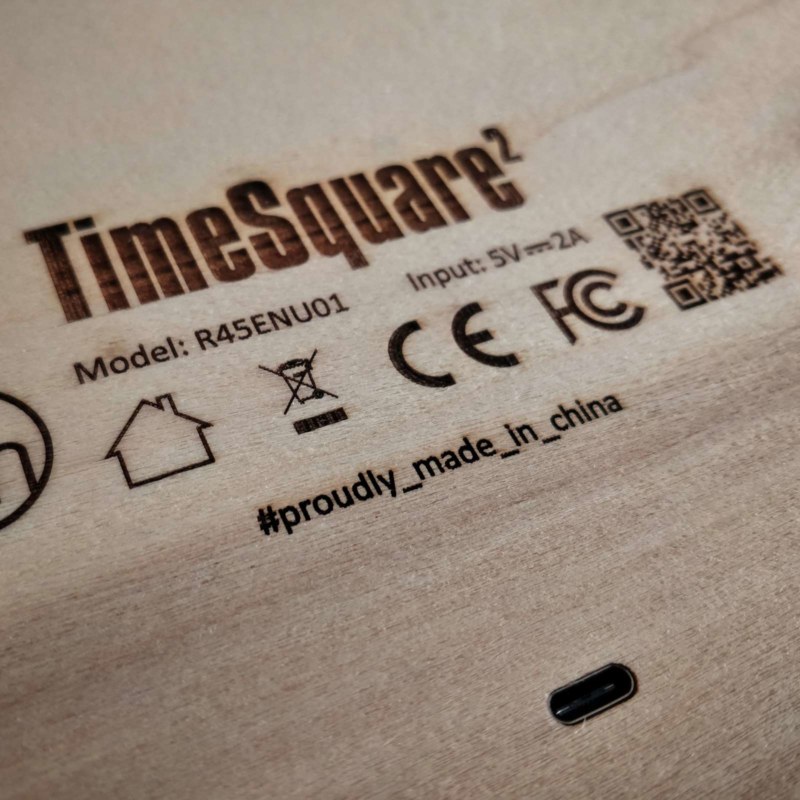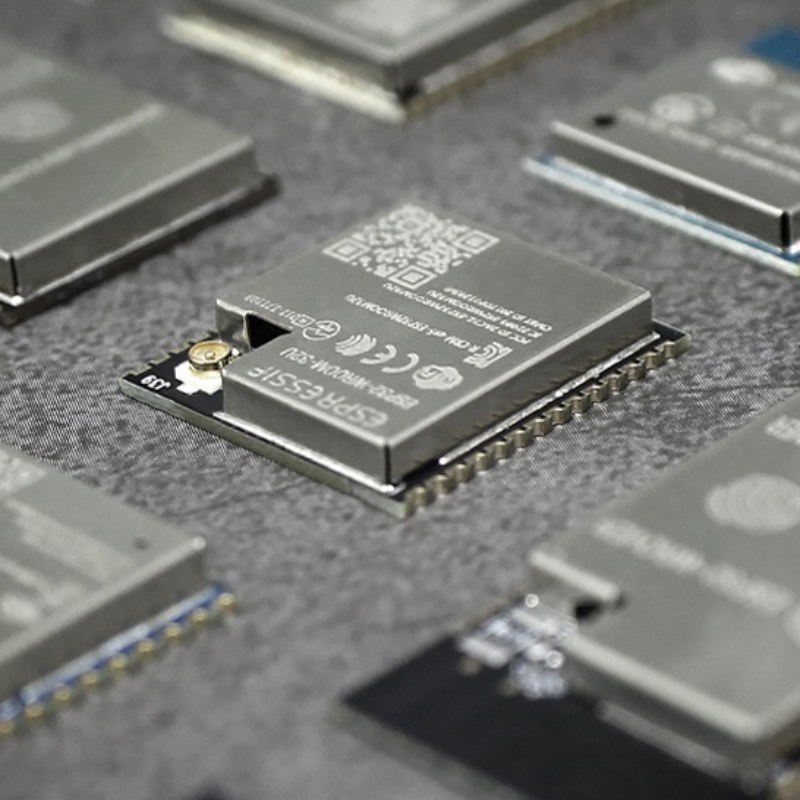#the_hows_and_the_whys
Our choice for LEDs
During time² development, selecting the appropriate LEDs was a challenge. We needed a reliable solution that wouldn’t raise the cost to the roof.
Finally, we chose to use WorldSemi’s WS2813, a new kind of individually addressable RGB LEDs and we chose to use them in the form of LED strips.
Why individually addressable?
Most competitive models use traditional non-smart LEDs which are cheaper. So, why didn’t we follow that trend? There are many reasons:
- If you want to individually control a large number of traditional LEDs, you need to use custom circuitry that employs multiplexing, shift registers or other complex techniques. That means that you need to place those LEDs on your own custom-made PCB. And because you need those LEDs spread out in a big area (the face of the clock), that means that you need a huge custom PCB (for time², that would need to be around 38 cm x 38 cm). That’s extremely costlier than using a small PCB and choosing smart, individually addressable LEDs.
- If you want to use full color RGB LEDs, the previous argument becomes even stronger. Each traditional RGB LED requires three control lines from the controller. And when you need to control more than 100 such LEDs we are talking about more than 300 control lines from your controller to the LEDs. Multiplexing by any technique becomes even more costly.
Why RGB?
Color is not just fancy. Color carries information. Traffic lights wouldn’t be of much use if they could only light in one color, would they? In a similar way time² employs color in many ways to offer information that cannot be communicated by the words in its display. Words lit in different colors can indicate the time in a second timezone. Special colors can indicate important events or even the weather forecast. The ideas are endless.
Color allows user customization but also helps time² to communicate information other than the current time.
Why WS2813 specifically?
Individually addressed LEDs do not only have advantages over traditional LEDs. They have a quite serious disadvantage – because of their connection scheme (not in parallel but in series), if one LED fails, the controller loses access to all subsequent LEDs after the defective one. Imagine a series of 100 individually addressed LEDs. If the 43rd LED fails, all 57 subsequent LEDs become unusable.
WS2813 is a new type of individually addressable LED that works around this issue by using a secondary backup data line. A series of 100pcs of WS2813 will continue to operate even if more than one individual LEDs start to fail. In order for a problem to occur, two subsequent LEDs need to fail. That is quite rare and it would be an issue even if traditional LEDs were used.
Why the strip form?
Since LED type was decided, there were 3 options on how to implement those LEDs to time²:
- Custom PCB
- Custom LED to LED wiring
- Commercially available LED strip
A custom PCB would significantly raise the cost. Custom wiring would cause serious bottlenecks in the assembly process and would subsequently also raise the cost significantly.
Commercially available LED strips offer low cost, fast assembly and their quality can be controlled much easier than custom solutions.




